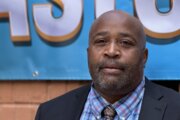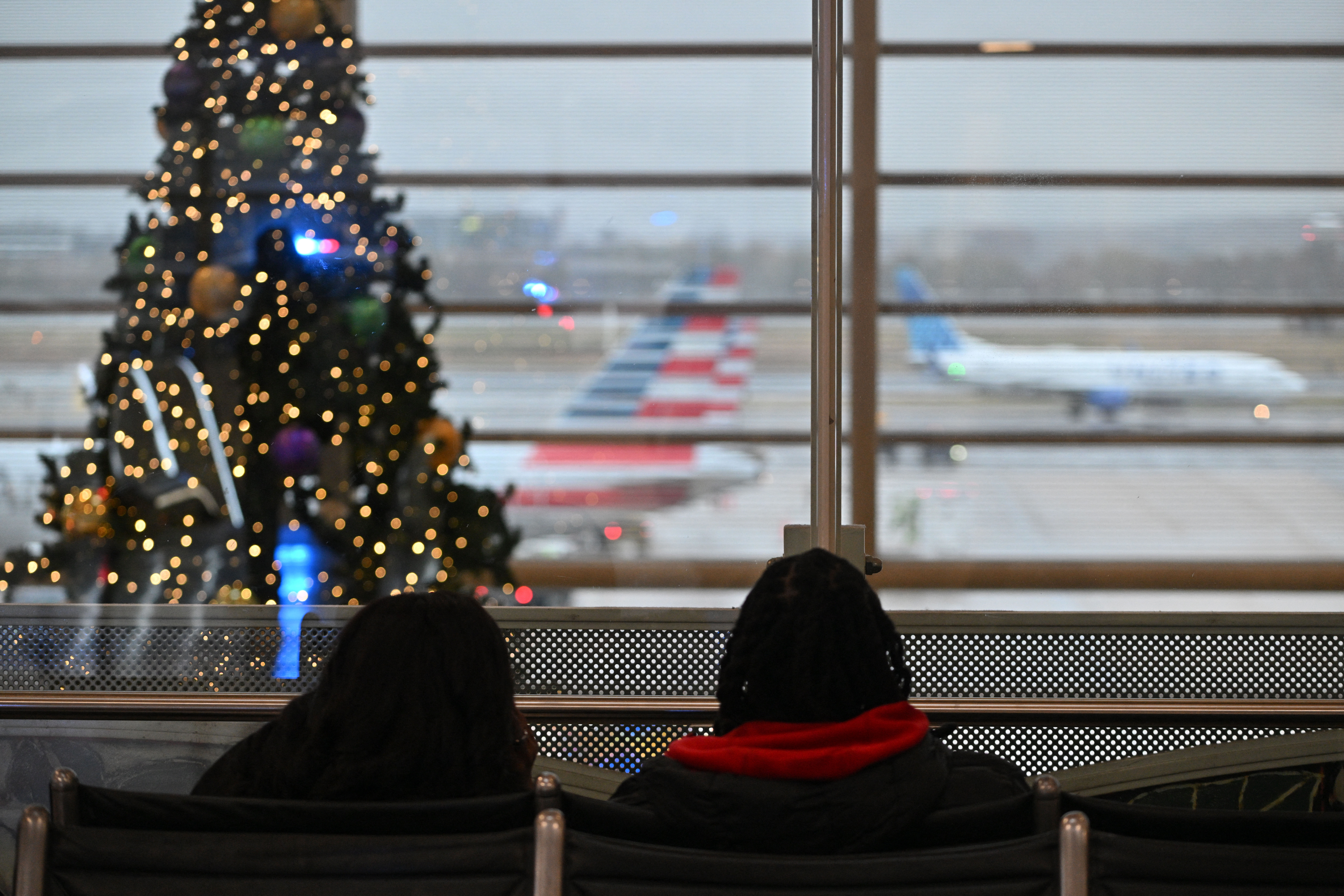Federal student loan payments resumed one year ago this month after being on hold since March 2020. To ease borrowers back into repayment, the Department of Education created a 12-month “on-ramp” program that temporarily suspended the consequences of missed payments.
That grace period has now expired, which means that federal student loan borrowers who miss payments will again face penalties — including credit score dings. However, 58% were not aware of this upcoming change, and 27% are at risk of delinquency and default, according to a U.S. News survey.
Between Sept. 30 and Oct. 4, U.S. News surveyed 1,200 former college students with outstanding federal student loan debt. We asked respondents a series of questions to find out how the resumption of payments has impacted their finances. Here’s what we found:
— Most student loan borrowers (58%) were not aware that missed payments will harm their credit. That could impact the 27% of borrowers who haven’t been making payments and aren’t enrolled in deferment or forbearance.
— The majority (63%) have faced financial hardship due to the resumption of student loan payments. Half have missed a payment or fallen behind on other bills. The most commonly affected accounts are credit cards (31%), housing (21%), and auto loans (17%).
— More than half (57%) have had to reduce their savings due to the resumption of student loan payments, including emergency savings (37%), retirement contributions (21%) and homebuying funds (17%). In fact, 62% wouldn’t be able to cover a $1,000 emergency expense using cash or savings alone.
— Nearly two-thirds (65%) say their credit card spending habits have changed since repayment began. A third (33%) are just making the minimum payment, and 31% have become more reliant on credit cards to make ends meet. Additionally, more than a fifth (21%) have added to their revolving credit card balances.
— Three-quarters (77%) agree that the president should try again to cancel student loan debt, compared with the 9% who disagree. As the November election approaches, 77% say it’s important that a candidate supports student loan forgiveness — including 52% who say it’s “very important.”
[Read: Best Student Loan Refinance Lenders.]
Most Student Loan Borrowers Don’t Know the Impending Credit Risk
In a recent blog post, the Education Department reiterated the need for borrowers to begin repayment as the temporary on-ramp expires. Still, many federal student loan borrowers are at risk of facing the consequences of delinquency for the first time in more than four years.
Just 42% of student loan borrowers knew that missed payments would begin negatively impacting their credit due to the on-ramp expiration this month. That’s bad news for many borrowers, considering 27% haven’t been making payments and aren’t enrolled in deferment/forbearance.
Borrowers who didn’t obtain a degree are far less likely to be current on their student loan payments: Just 19% have been making payments in the past year, compared with 50% of degree recipients.x
To make matters worse, borrowers without a degree were also far less likely to know about the on-ramp expiring than those who graduated: 31% vs. 46%.
Now that the on-ramp has lapsed, borrowers who miss payments could see their credit scores drop. Eventually, their loans may enter default, meaning the government could garnish their wages, tax refunds and other federal benefit payments to repay the loan.
The Education Department advises borrowers who can’t make payments to apply for student loan forgiveness, enroll in an income-driven repayment plan, or request forbearance or deferment.
Borrowers Describe Financial Hardship in Student Loan Repayment
In last year’s student loan repayment survey, respondents shared how the COVID-19 payment pause enabled them to achieve other financial goals, like paying down other debts or taking care of family. Now that forbearance has ended, nearly two-thirds of borrowers (63%) have faced financial hardship due to the resumption of federal student loan payments, including:
— 29% who had a hard time paying other bills
— 26% who postponed financial milestones, like retiring or buying a home
— 23% who weren’t able to contribute to their savings
Five percent of respondents took the time to submit responses about how the resumption of student loan payments caused them financial hardship.
One Gen Z borrower says she’s living paycheck to paycheck and has to cut spending on groceries to make her student loan payments. She took out between $40,000 and $49,999 of student loan debt to earn her master’s degree.
“I am disabled, so having the payments plus my other expenses can be hard sometimes,” says another who borrowed between $10,000 and $19,999 to earn an associate degree. “Sometimes I can’t put as much into savings to make all my payments.”
One borrower who didn’t graduate put it simply: “I’m not gonna to be able to afford to eat.”
62% of Student Loan Borrowers Couldn’t Cover a $1K Expense
More than half of borrowers (57%) have had to reduce or cut their savings due to the resumption of federal student loan payments, including 37% who sacrificed their emergency savings.
Now, most student loan borrowers (62%) wouldn’t be able to cover a $1,000 emergency expense using cash or savings. For borrowers with no degree, that number jumps to 73%.
To cover an unexpected expense, 44% of borrowers say they’d have to borrow money from friends or family, 22% would use a credit card, and 17% would take out a personal loan. Of concern, 9% would turn to predatory lenders for a payday loan or car title loan.
Additionally, 51% of student loan borrowers say they’ve missed a payment or become delinquent on their other bills due to the resumption of student loan payments, most commonly:
— Credit card payments (31%)
— Housing payments, like rent or a mortgage (21%)
— Auto loan payments (17%)
With such widespread financial hardship, the vast majority of borrowers (86%) are at least “somewhat” stressed about their outstanding student loan debt amid repayment, with a fifth (21%) feeling “extremely” stressed.
[Related:How to Lower Your Student Loan Payments]
Student Loan Borrowers Strongly Support Debt Forgiveness
It’s probably not surprising that most student loan borrowers want their balances erased. After all, the burden of college debt is enormous: 13% of respondents owe $50,000 or more, and over a quarter (26%) have been paying back their loans for 10 years or longer.
However, the degree to which borrowers support such a politically polarizing policy is worth noting. Ahead of the November presidential election, more than three-quarters (77%) say it’s important that a candidate supports student loan forgiveness, including 52% who say it’s “very” important. On the other hand, just 8% say it’s not important, and 15% answered, “It wouldn’t sway my decision either way.”
Since taking office, President Joe Biden has tried to deliver blanket student loan forgiveness on several occasions, although each attempt has been blocked by various courts. In our survey, 77% agree that the president should try again to cancel student loan debt, compared with the 9% who disagree.
Widespread debt relief is far from guaranteed, but borrowers should see if they qualify for other student loan forgiveness plans aimed at eligible groups like public service workers and disabled borrowers. According to the Education Department, nearly 5 million Americans have had their balances at least partially forgiven through such programs under the Biden administration.
More from U.S. News
Private Student Loans vs. Federal Student Loans: What’s the Difference?
How to Navigate Student Loan Repayment in 2024
What Is the Student Loan Grace Period?
As Student Loan Grace Period Ends, 27% of Borrowers Aren’t Paying originally appeared on usnews.com







